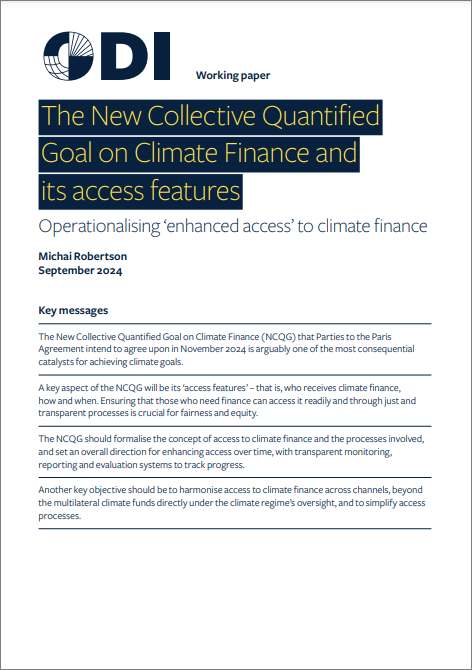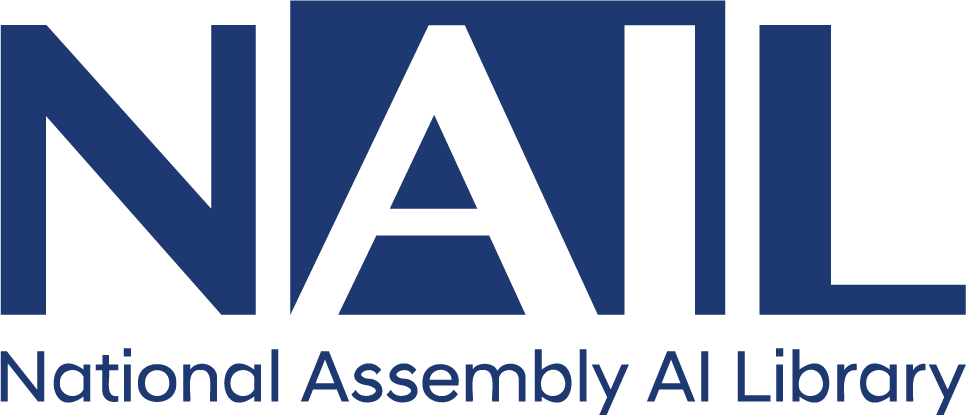
목차
Title page
Contents
Acknowledgements 3
Acronyms 6
Executive summary 7
1. Introduction 9
1.1. Defining and measuring 'access' 10
2. 'Access' to finance under the international climate change regime 12
2.1. 1992 to 2014: Pre-Paris Agreement period, including the 2020 mobilisation goal (US$100 billion per year) 12
2.2. 2015 to 2019: Paris Agreement and the immediate post-Paris Agreement era 16
2.3. 2020 to the present: NCQG deliberations era 17
3. Provider-centred challenges 20
3.1. Key challenges affecting all finance providers 20
3.2. Challenges with bilateral channels 23
3.3. Challenges with multilateral development banks 24
3.4. Challenges with multilateral climate funds 28
4. Recipient-centred challenges 34
4.1. Devolved access 34
4.2. Direct access and international access 35
4.3. Key challenges with national circumstances 35
4.4. Institutional capacity challenges 36
4.5. 'Absorptive' capacity challenges 37
4.6. Perception challenges 39
5. Recommendations 41
5.1. Looking ahead 49
References 50
Appendix 1. Relevant Provisions from COP and CMA Decisions 58
Appendix 2. Key UNFCCC principles relevant to climate finance, with corresponding treaty provisions 65
Table 1. Typology of the relevant actors, their functions related to access, and examples 11
Table 2. Non-exhaustive list of guidance from the UNFCCC regime on access issues 13
Table 3. Overview of climate finance access features for the 2010-2020 mobilisation goal 15
Table 4. Examples of climate-specific trust funds within five of the largest MDBs 27
Table 5. The stages of access to climate finance 41
Table 6. Some considerations for a strategic division of effort under the NCQG 48
Boxes
Box 1. The unique approach of the Climate Investments Funds 30



